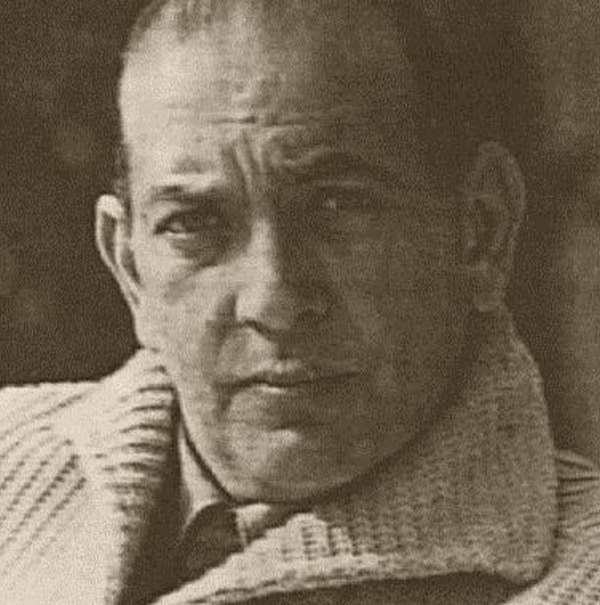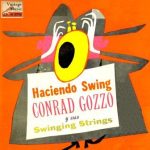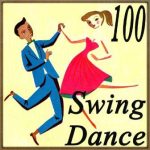CONRAD GOZZO

Biography
Conrad Gozzo, Conrad J. Gozzo (1922–1964) was an American trumpet player born in New Britain, Connecticut on February 6, 1922. Gozzo was a member of the NBC Hollywood staff orchestra at the time of his death on October 8, 1964. He died at the age of 42 of a heart attack.
He played with Isham Jones (1938) and Red Norvo (1940), then performed and recorded with Bob Chester (1941) and Claude Thornhill (1941-2). After working with Benny Goodman (1942) he joined the navy and played in a band led by Artie Shaw (1942-4). He rejoined Goodman in 1945, then toured and recorded with Woody Herman (he was featured as a soloist on “Stars fell on Alabama”, 1946 Col.37197and performed with Boyd Raeburn and Ted Beneke (1947). In Los Angeles he played on Bob Crosby’s radio broadcasts (1947-51). Gozzo was highly acclaimed as a lead trumpeter and was much in demand as a studio musician; he also took part in sessions with Les Brown (1949), Jerry Gray (1949-53), Ray Antony (1951-8), Billy May (1951-64).
Conrad Gozzo, lead trumpeter on the Glen Gray, Stan Kenton, and Harry James “remakes”, and in Dan Terry’s 1954 Columbia sessions, recorded extensively with arrangers Van Alexander, Nelson Riddle, Billy May, Ray Conniff, Jerry Fielding and Shorty Rogers, and also with performers Dean Martin and Frank Sinatra. Gozzo played first trumpet on all of the recordings of composer Henry Mancini. He routinely performed on many major live television shows which were broadcast on the NBC network, including the Dinah Shore Show (1955 through 1964). Gozzo also performed on motion picture soundtracks including The Glenn Miller Story, The Benny Goodman Story, Bye Bye Birdie, Call Me Madam, Ben-Hur and Cleopatra. He also performed on the Ella Fitzgerald two-record set on Verve (Ella Fitzgerald Sings the Harold Arlen Songbook).
Gozzo’s nicknames were “Goz” and “Gopher”, due to his resemblance to a gopher when viewed from the front while he was playing. He was considered by his colleagues as being an exceptionally strong trumpeter with a well-developed range and tonal quality. He is credited by some as having shaped the lead trumpet concept of the swing era which is characterized by a large and robust tonality. For most of his recording career, he played a Besson Meha trumpet with a custom Bert Herrick mouthpiece. Occasionally, he played a Chicago Benge or a LeBlanc Gozzo model trumpet.
“Trumpeter’s Prayer,” was composed by Tutti Camarata for Gozzo, but Portrait of Trumpet by Sammy Nestico was written as a posthumous tribute.



 Swinging, Conrad Gozzo
Swinging, Conrad Gozzo 100 Swing for Dance
100 Swing for Dance



